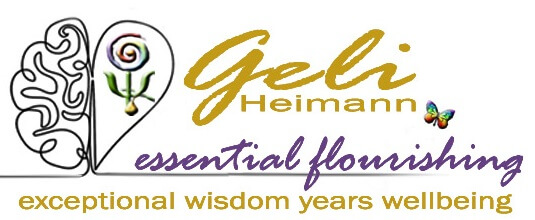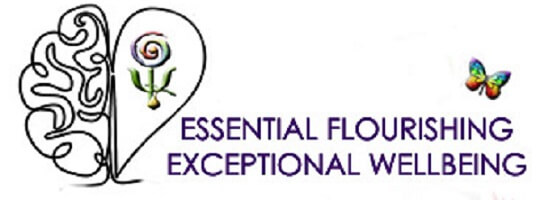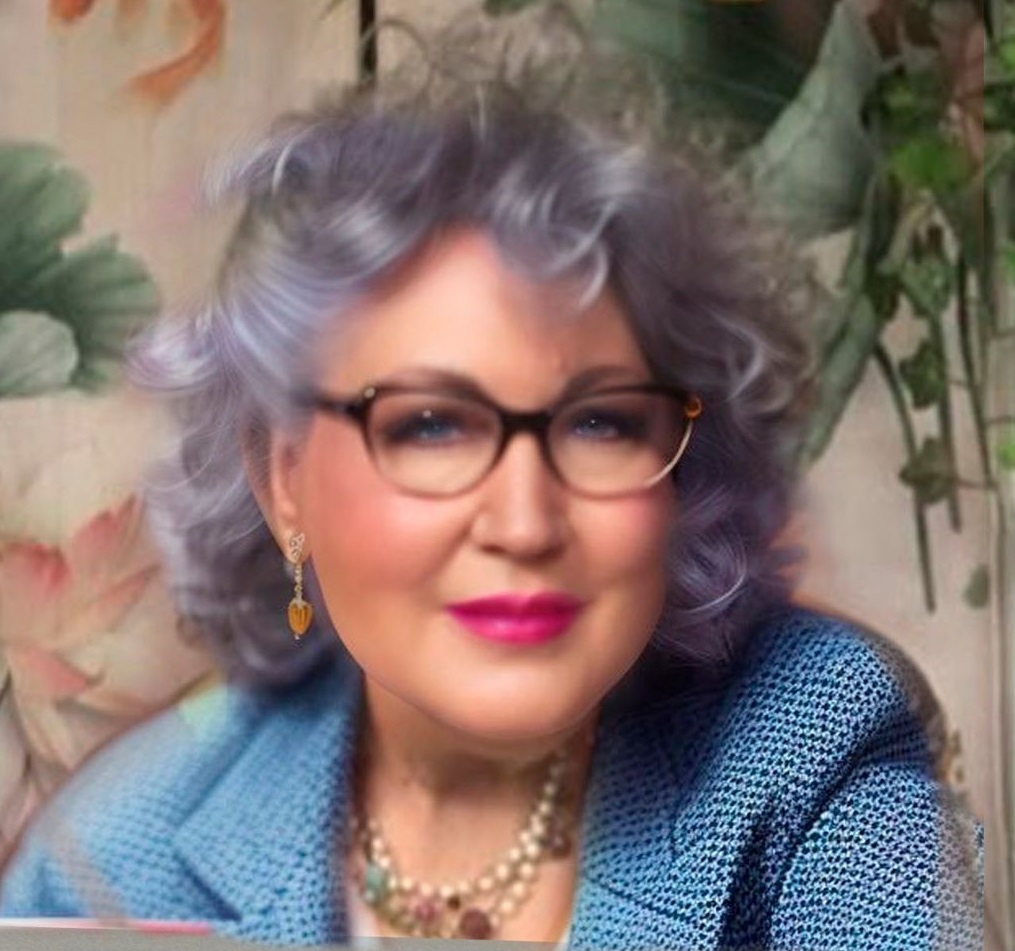Essential Flourishing Centre | Coaching | Counselling
Aroma Wellness in Your Wisdom Years - Somatic Energy Psychology Wellbeing Arts
Come, grab my hand, no need to struggle on your own, and just trying to do your best!
I'll be right next to you to guide you on your unique path!

Glass, once upon a time with a meaningful purpose, discarded, broken into pieces, then, on its seeming endless journey of further breaking, tumbling, smashing in the ocean of life, and ultimately emerging as a smooth, beautiful gem.
Have you ever felt that way that your heart, soul and spirit just keeps tumbling in some sort of darkness, with too much pain surrounded, that it seems impossible to see a beautiful gem?
I know, I have. Eventually I emerged, step-by-step, found clarity and hope through resilience, self-renewal and help. Holding a sea glass can remind us of our capacity for healing and the insights that comes from navigating life's challenges.
Starfish
The starfish, or sea star (Asteroidea), embodies spiritual renewal and physical healing. Renowned for its ability to regenerate lost limbs, the starfish symbolizes our own potential to heal from emotional wounds and trauma. It represents the ability to shed past pain, recover, and grow stronger.
In many cultures, the starfish is a beacon of:
- Guidance and Protection: Seen as a spiritual guide, it offers protection during life's turbulent journeys, much like a spiritual guardian leading us to safety.
- Strength and Resilience: The starfish’s survival in harsh environments exemplifies our inner strength to adapt and thrive despite obstacles and emotional scars.
- Balance and Harmony: The starfish's perfect symmetry and regenerative power represent the pursuit of balance and healing in life. It reminds us to strive for harmony within ourselves and our surroundings.
It's time to allow a sense of divine love, inspiration, and intuition, encouraging profound self-healing and renewal.
Restoring Your Emotional & Mental Health Balance
without the Effects of a Wounded Past
~ Heal the Pain of Trauma
that Holds You Back in Life ~
We all have dreams ...
some of which may have been shattered, or we have given up on them.
The grieving process can be a long and lonely path, and the journey of healing is uniquely different from person to person.
Over time you may have grown a lot, you may have worked on yourself and come a long way! You may even say, "Oh please, it wasn't that bad." ... Be bold and say, "actually, yes. It was pretty traumatising for me! No one gets to decide what is traumatic or not traumatic for you!
Whilst personal growth and strengthening resilience is certainly required to move forward, however there are still times when you might feel triggered and might feel like you're going around in circles, going nowhere fast ... why? Because trauma is stored in the body on a cellular level, and a holistic approach to healing will help you on your path.
 When your heart is broken, there comes a time to plant seeds of new hope and joy in the cracks. It is my honour to assist you to water those seeds with compassion.
When your heart is broken, there comes a time to plant seeds of new hope and joy in the cracks. It is my honour to assist you to water those seeds with compassion.Embarking on a trauma healing journey can be challenging, but it also presents an opportunity for growth, resilience, and ultimately thriving.
During this time of change and transformation, healing from within, allow me to assist you to get to the other side of your challenge.
💜
You certainly have what it takes to rise above anything that appears to be holding you back and live the life you have been dreaming about! It's OK to write a new story!
💜
“There is no greater agony than bearing an untold story inside you.”
~ Maya Angelou
~ Maya Angelou

It shapes the way we live,
the way we love
and the way we make sense of the world.
It is the root of our deepest wounds." ~Gabor Maté
Trauma is not what happens to you, trauma is what happens inside of you as a result of what happened to you.
We are all born needing to be understood, to be attuned with, to be seen, to have our emotions seen and loved.
Children can be traumatised not just by terrible things happening to them, but just by not having their needs met, by not being seen and not being heard, not being held. This is wounding for a child, and wounding is the meaning of the word trauma.
Trauma is not the event that inflicted the wound. Trauma is not the sexual abuse, not the abandonment, the inability for your parents to see who you were.
Trauma is the wound that was sustained as a result of the meaning you attached to the event that led you to feel that you are not lovable, rejected, abandoned and abused.
It's important to note that everyone's experience is unique,
and the effects can vary from person to person
(and so will the healing process).
Here are some common effects of past trauma:
Emotional Distress: Individuals with past trauma may experience intense and unpredictable emotions such as anxiety, depression, fear, anger, guilt, or shame. These emotions can surface unexpectedly and may be triggered by certain situations, memories, or reminders of the traumatic event.
Hyperarousal and Hypervigilance: Living with past trauma can lead to a heightened state of alertness and hypervigilance. Individuals may constantly feel on edge, have difficulty relaxing, and be easily startled. This can result in sleep disturbances, irritability, and difficulty concentrating.
Avoidance and Numbing: Some individuals may develop avoidance behaviors as a way to cope with the trauma. This can involve avoiding certain people, places, or activities that remind them of the traumatic event. Additionally, individuals may experience emotional numbing, feeling disconnected from their emotions or having difficulty experiencing pleasure.
Flashbacks and Intrusive Memories: Flashbacks and intrusive memories are common symptoms of trauma. These can involve vivid and distressing recollections of the traumatic event, which may feel as if they are happening in the present moment. Intrusive thoughts, nightmares, or physical sensations related to the trauma can also occur.
Relationship Challenges: Past trauma can impact relationships, as individuals may struggle with trust, intimacy, and forming secure attachments. They may have difficulty expressing emotions, setting boundaries, or maintaining healthy connections with others.
Physical Symptoms: Trauma can manifest in physical symptoms such as headaches, gastrointestinal issues, chronic pain, or a weakened immune system. These physical symptoms can be a result of the body's response to chronic stress and trauma.
Your healing journey is as individual as you are!
Also there are many different therapeutic paths and methods.
Below I will describe some of the modalities that have helped my clients over the years.
We will always have an initial conversation to find out what might be the best for you.

DISCLAIMER: Multiple holistic approaches to healing, such as Psych-aromatherapy/Aromapsychology, Vibrational Energy Psychology (such as EFT Tapping and Energy Medicine), Frequency Healing, Polyvagal Theory, Positive Psychology, Grounding Techniques, and Somatic Treatment (to name a f), can be excellent complementary tools to support the healing process.
❗>>>>> However, if you are currently in the care of a clinical therapist and/or a medical practitioner and taking prescription drugs. Please do not stop!
Holistic Healing arts are supportive but not intended to replace your medical health care provider!
Somatic Psychoaromatherapy offers a unique and powerful approach to mental wellbeing and personal growth by integrating the mind and body in the therapeutic process. Here are some key benefits:
Holistic Healing Arts: Somatic energy wellness recognizes that our experiences and emotions are not solely mental but also stored in our bodies. By addressing both the mind and body, it offers a holistic approach to wellness, promoting overall well-being and integration.
Body Awareness: This approach helps individuals develop a deeper awareness of their bodily sensations, movements, and patterns. By tuning into the body, clients can gain valuable insights into their emotions, behaviors, and underlying issues, leading to greater self-understanding and personal growth.
Trauma Resolution: The Aroma Somatic Wellbeing path is particularly effective in working with trauma. It provides tools and techniques to safely process and release traumatic experiences stored in the body, helping individuals heal from the impact of past events and move towards a healthier, more empowered life.
Regulation of Emotions: Through somatic techniques such as breathwork, movement, and mindfulness, specific targeted essential oils, and energy psychology regulation of emotions are supported. Clients learn to identify and manage their emotions in a more embodied and grounded way, leading to increased emotional resilience and well-being.
Stress Reduction: Somatic Wellbeing sessions offers practical tools to release tension and stress held in the body. By engaging in somatic practices, clients can experience deep relaxation, improved sleep, and a reduction in physical symptoms associated with stress.
Mind-Body Integration: By integrating the mind and body, Aroma Somatic Healing Arts help individuals develop a stronger mind-body connection. This integration supports overall well-being, self-awareness, and the ability to live a more embodied and fulfilling life.
Remember, everyone's healing journey is unique, and what works for one person may not work for another. It's important to find the approaches and techniques that resonate with you personally.
It's important to note that psycho-aromatherapy should be used as part of a comprehensive treatment plan for Trauma Recovery and PTSD, which may include other therapeutic modalities, medication, and support from mental health professionals.
"Traumatised people are terrified to feel deeply.
They are afraid to experience their emotions, because emotions
lead to loss of control"
~ Bessel van der Kolk

Like so many of us therapists, I, too am a wounded healer, one who healed and now reaches out to you and invites you to continue on your healing path, allowing me to walk next to you on your journey.
Sometimes it is good to know that you are not alone, there are many of us! Each of us had their own unique story and experience. None is worse than another, we all should have never had to experience it.
"I am not what happened to me
I am what I choose to become!"
~ C.G. Jung
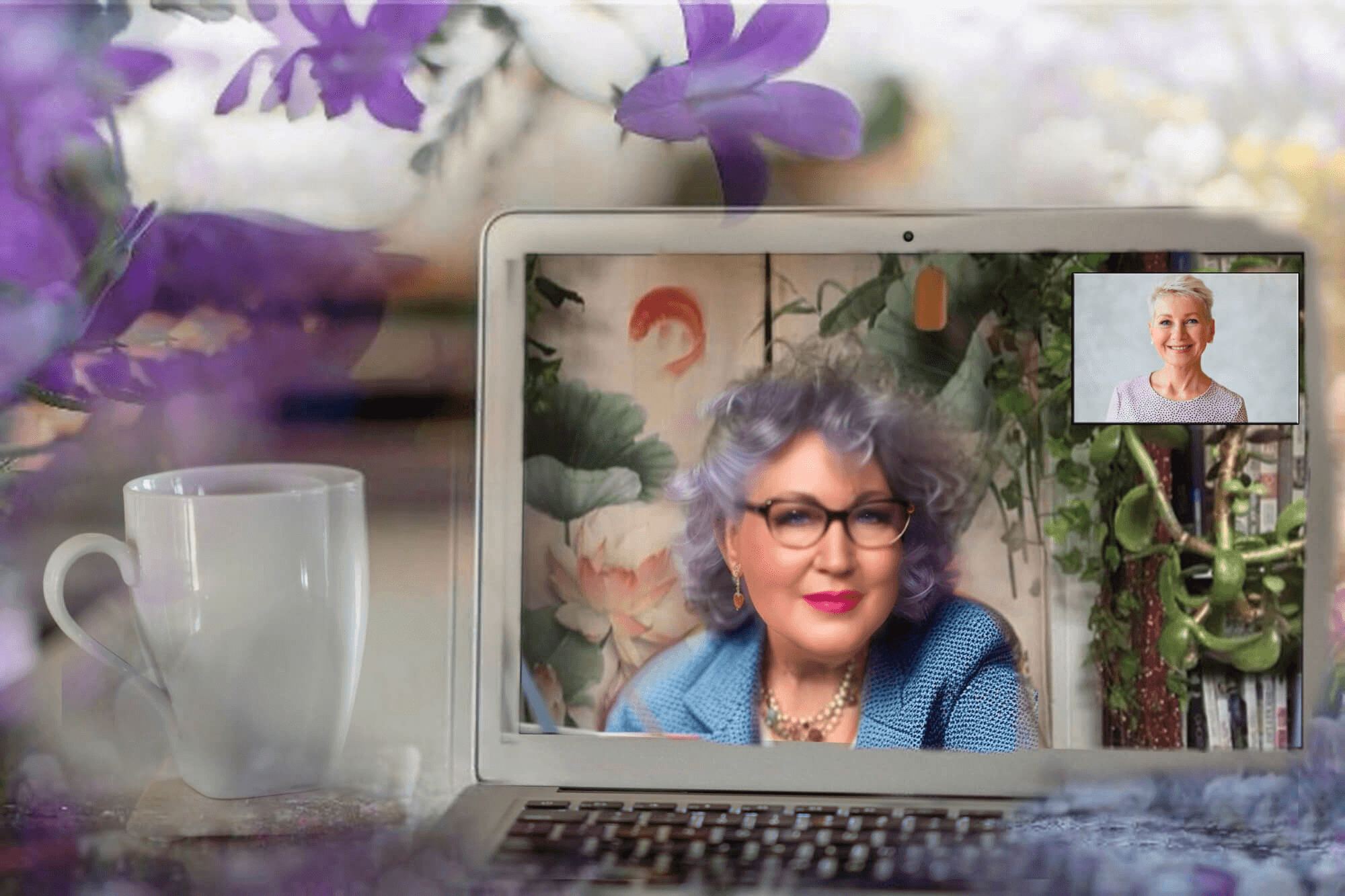
Help is Available!
As mentioned above, I use a 'palette' of various holistic aroma-psychology and healing arts modalities, entirely dependent on the individual needs of my clients. Therapeutic grade essential oils are part of the recommendations to work with me.
If you already own 100% pure therapeutic grade essential oils, that is wonderful. If not, I am happy to advise you where to get them.
Once we had an initial complimentary conversation about your desired transformational outcome, I will recommend specifically targeted essential oils and oil blends, as well as where you can buy them (if you don't already have them). Every client has different needs and that will shape their coaching plan, healing modalities, and outcomes.
The coaching sessions will be via Zoom, which is convenient and confidential.
When contacting me, please kindly give me as many details as seems appropriate
and what you have done so far.
The first session is complimentary from me, as I like to ascertain if we are a good fit,
or if you might need a different type of therapeutic intervention.
Take your biggest pain and transmute that into purpose!
Despite what you have lost, doesn't mean that you cant gain a beautiful future. That is the journey of grieving and healing.

Whilst Geli's approach is inclusive of all individuals, regardless of their background, to bring their whole selves (and all their identities), she is particularly interested in helping her older Sisters and Brothers in all matters Brain Health! Cognitive health is increasingly recognised as a key component of overall health and wellness.
As we are getting older in an often unforgiving and increasingly harsh world around us, it is easy loose our joie-de-vivre. More than ever it is required of us to further develop our Emotional Intelligence, positive joyful resilience, and our Spiritual Intelligence with Mindful Living to not only survive but also to Thrive and Flourish, and take back our life we deeply desire and meant to live without the effects of the wounds of the past.
Whilst we grow in our personal evolution for a happier and healthier life, together with expanding our conscious awareness within the mind body spirit realm, it is also time to rise in our financial sovereignty powerfully and gracious fully aligned with our divine purpose.
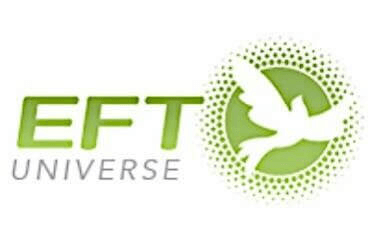 Geli’s orientation is based on the disciplines of “Positive Psychology” and “Energy Psychology” with NLP (Neuro Linguistic Programming), Naturopathy, Aroma Emotional Freedom Technique - Aroma EFT Tapping, and various other holistic healing arts.
Geli’s orientation is based on the disciplines of “Positive Psychology” and “Energy Psychology” with NLP (Neuro Linguistic Programming), Naturopathy, Aroma Emotional Freedom Technique - Aroma EFT Tapping, and various other holistic healing arts.EFT is a clinically proven mind-body modality, energy healing, metaphysics, spirituality, rather than “Clinical Psychology”. She is also an Essential Oils educator coming from a family lineage of botanical science and pharmacy.
"Don't look at who you are today,
look at who you can be tomorrow!"
~ Wesley Hamilton
THE ENCHANTED SACRED
MIND BODY SPIRIT SANCTUARY

Wellbeing Studio &

Therapeutic Emotional & Mind Wellbeing Arts

Relax and Recharge - Ceremony Space
for sacred circles and intimate ceremonial based experiences
The Enchanted Sacred Mind Body Spirit Sanctuary in London, England
is only available for special arrangements
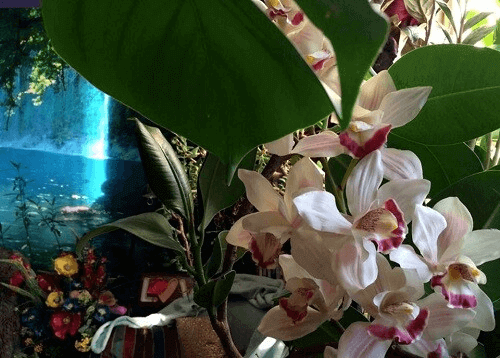





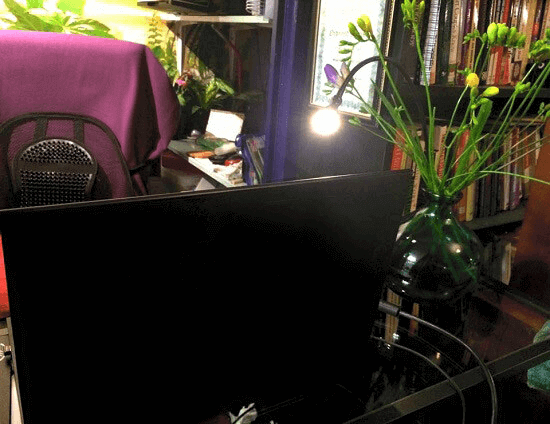
"My mission in life is not merely to survive, but to thrive;
and to do so with some passion, some compassion, some humor, and some style."
~ Maya Angelou
